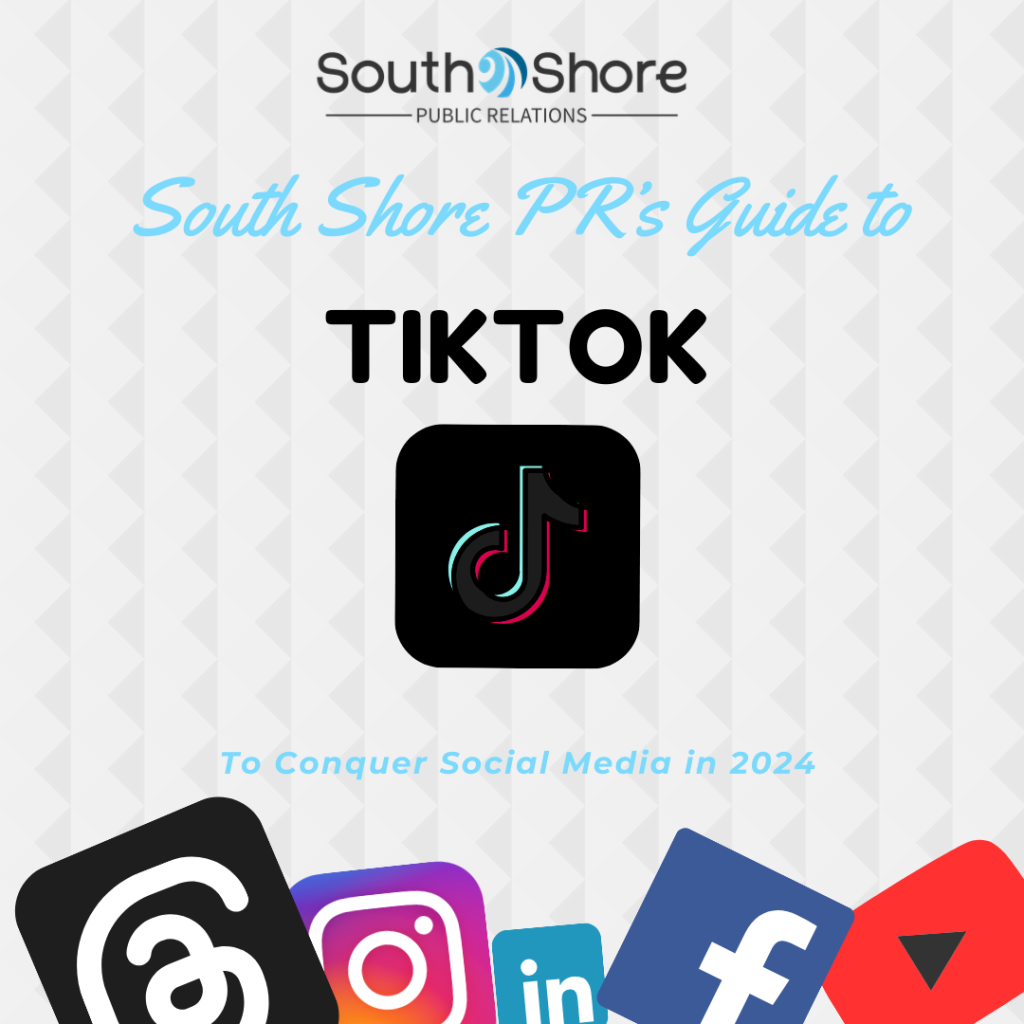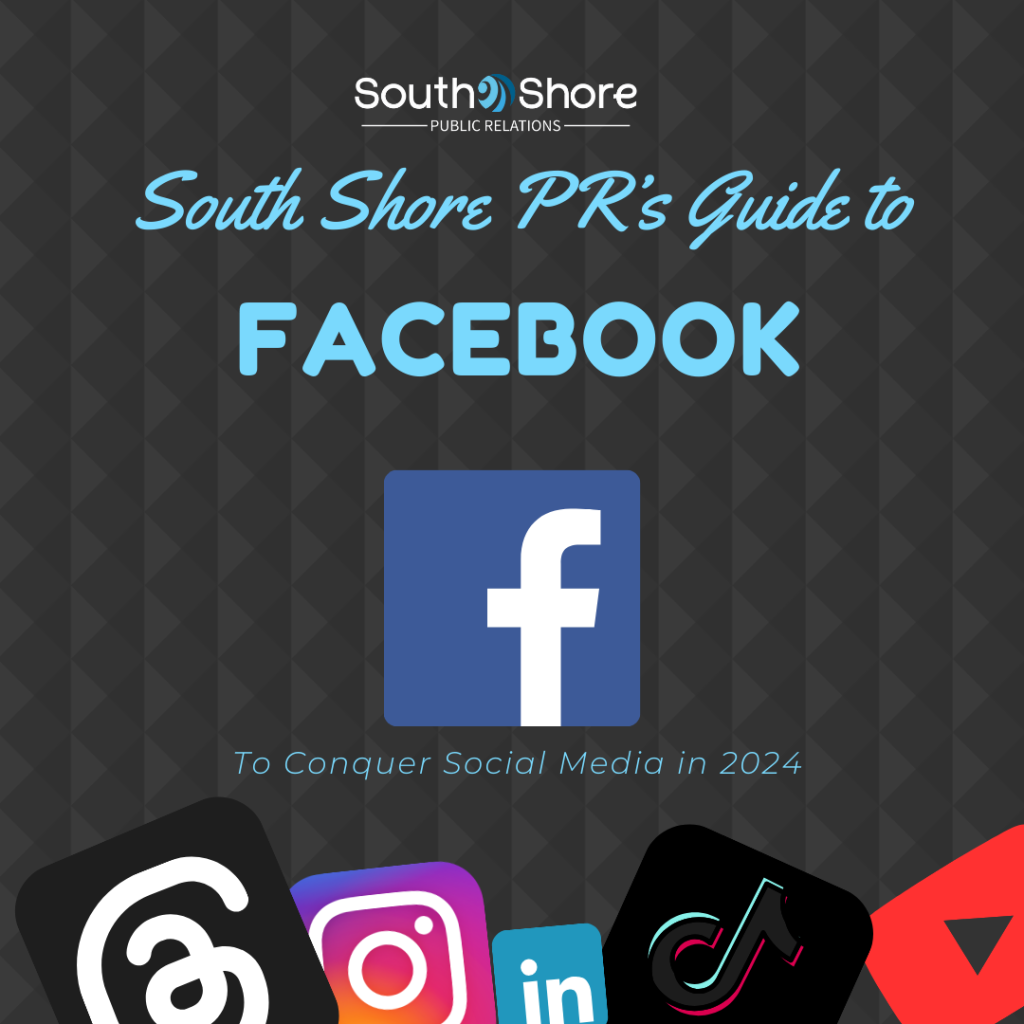How to Use TikTok For Business in 2024
Next in our public relations on social media series we will explore, TikTok. The platform has emerged as a powerful social media network that transcends entertainment and has become a potential game-changer for businesses. From captivating short-form videos to viral challenges, TikTok offers a unique opportunity for companies to connect with their audience in a creative and engaging way. However, with great power comes great responsibility, and businesses must navigate the benefits and pitfalls of TikTok strategically. Today, we’ll delve into the advantages, potential risks, and crucial considerations for businesses looking to harness the potential of TikTok in 2024.
The Benefits of TikTok for Business in 2024:
1. Audience Engagement:
TikTok’s algorithm is supposedly designed to showcase content that resonates with users, providing an opportunity for businesses to capture the attention of their target audience. The platform’s emphasis on creativity allows brands to showcase their personality and connect with users on a more personal level. Customers and clients appreciate authenticity and TikTok provides a great way for an organization to show off that personality.
2. How to go Viral on TikTok in 2024:
TikTok has a reputation for turning ordinary content into viral sensations overnight. A well-crafted video or challenge can exponentially increase brand visibility and reach, attracting a massive audience and potential customers. Be authentic, and showcase your brand’s personality, and the algorithm might favor you, and allow your video to go viral.
3. Using TikTok to Reach Demographic Diversity:
TikTok’s user base spans across various age groups, and across genders, and socio-economic groups offering businesses the chance to connect with a more diverse audience. Whether your target demographic is Gen Z or an older demographic, TikTok’s broad appeal can be a valuable asset for any business.
4. Cost-Effective Marketing on TikTok in 2024:
Compared to some traditional advertising methods, TikTok provides a cost-effective way for businesses to promote their products or services. The platform’s advertising options, such as sponsored challenges and branded content, enable businesses to reach a vast audience without breaking the bank. Be inventive and creative, it shows authenticity.
The Dangers of TikTok for Business in 2024:
1. Public Relations Risks for Businesses Using TikTok:
TikTok, like any social media platform, carries the risk of negative publicity. When a PR issue happens on social media, it happens in rapid time, often ballooning into a full-blown crisis for organizations, before they even fully comprehend what has happened. Businesses must be extremely cautious about potential backlash, especially in a landscape where public opinion can shift rapidly. Poorly received content or misguided attempts at viral marketing can harm a brand’s reputation or even ruin a business.
2. Algorithmic Uncertainty:
TikTok’s algorithm, like other social media platforms can be unpredictable, making it challenging for businesses to guarantee consistent visibility. While some content may go viral effortlessly, others may struggle to gain traction. This uncertainty necessitates a flexible and adaptive approach to content creation. Do not expect to go viral right away, if ever, even if you have the best content.
4. Competitive Landscape:
With the platform’s popularity, competition is fierce, ever-changing and global. Standing out amidst the vast array of content requires creativity and a deep understanding of your target audience aka ideal clients. Businesses must continuously innovate to maintain relevance and outshine competitors.
Considerations Before Launching Your Business on TikTok:
1. Define Your Brand Voice:
Establish a clear and authentic brand voice that aligns with your target audience (ideal clients). It is important to know your brand voice before you start on social media. A shift in your brand voice can be damaging to your business and will cause regular engagers of your content to flee. TikTok users appreciate genuine content that feels relatable, so maintaining authenticity is key to building trust.
2. Understand TikTok Culture:
Familiarize yourself with TikTok trends, challenges, and user behavior. Do your research on and off of the platform. Find competitors that you think are using the platform well and ask, what are they doing well and how can your brand learn from what they’re doing, innovate and create something unique to your brand. Do your homework, do not skip on research!
3. Plan for Contingencies:
Anticipate potential PR crises and have a crisis management plan in place. Proactively address any negative feedback or misunderstandings to mitigate potential damage to your brand’s reputation. This means you must monitor your social media channels at all times to stay ahead of any potential disasters. Remember never act out of anger, impulse or fear on social media. Online content lives forever, so if you do incur a social media crisis, follow your plan or consult a crisis management agency, such as South Shore PR.
4. Consistent Monitoring and Analytics:
Regularly monitor the performance of your content and adjust your strategy based on analytics (data). Understand what works and what doesn’t to refine your approach and maintain a positive public image. This is so important, to tell if your efforts are gaining the return you seek.
In conclusion, TikTok presents a unique opportunity for businesses to connect with a vast and diverse audience. However, success on this platform requires careful consideration, strategic planning, a deep understanding of both TikTok’s culture, and your brand’s identity. Also keep in mind, that just because this platform is popular, it may not be the right fit for your organization. By navigating the benefits and risks with a public relations mindset, businesses can harness the power of TikTok to elevate their brand and engage with their audience in innovative ways.
How to Use TikTok For Business in 2024 Read More »


